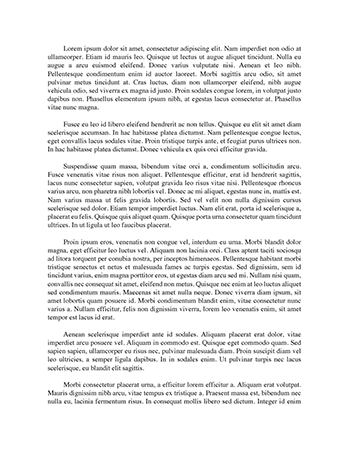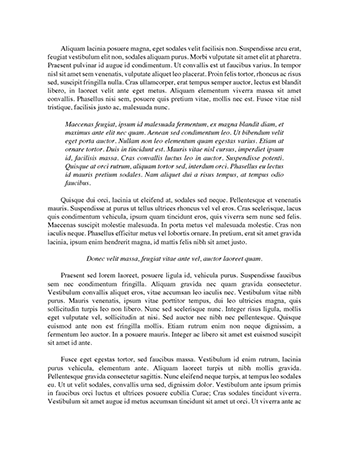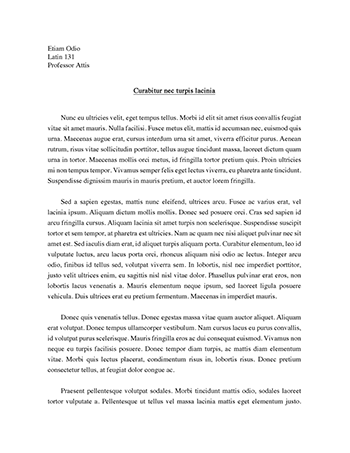
LEGO 2 Essay
“Growth period that wasn’t” (1993-1998) From 1993-1998, LEGO used its brand name to invest in a number of new projects, including watches, LEGO Media, theme parks, children's clothing, etc. Although those new line of business fitted what LEGO's development goals, however, LEGO failed to analyze if it really had a competitive advantage in those markets, especially when competed directly with companies like Walt Disney. The top management team was confident that LEGO's brand image was popular enough to step into these new markets, but in fact, this movement led LEGO fell into fields that it was not good at. Moreover, LEGO's expansion neglected where its traditions were. It added too much complexity to its current product lines, furthermore, LEGO's designers added more components to its previous products. This complexity of new and current products made manufacturing costs rise up.
“Fix that


